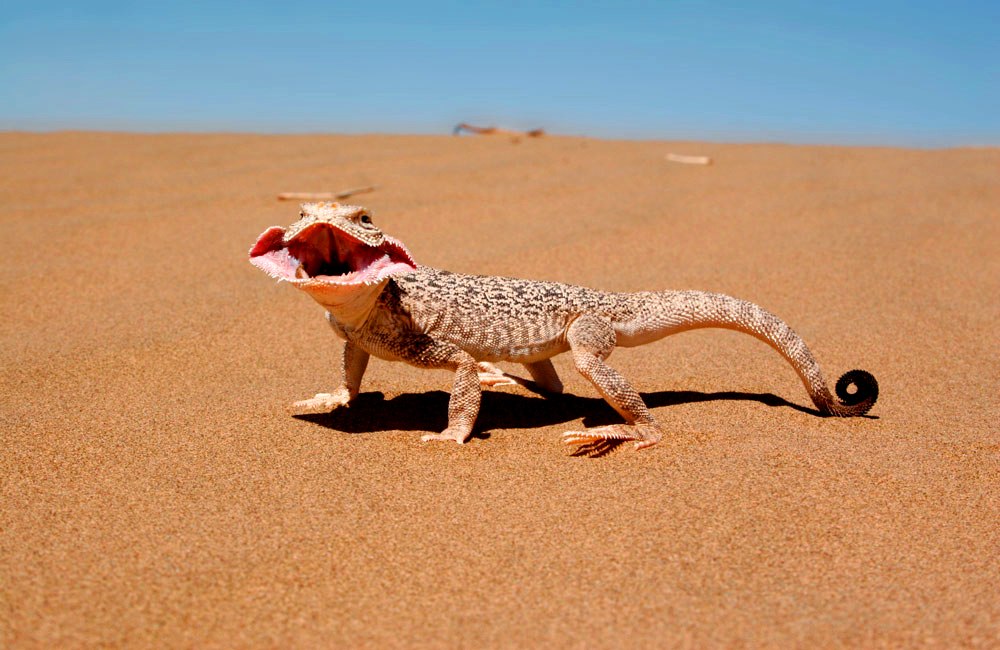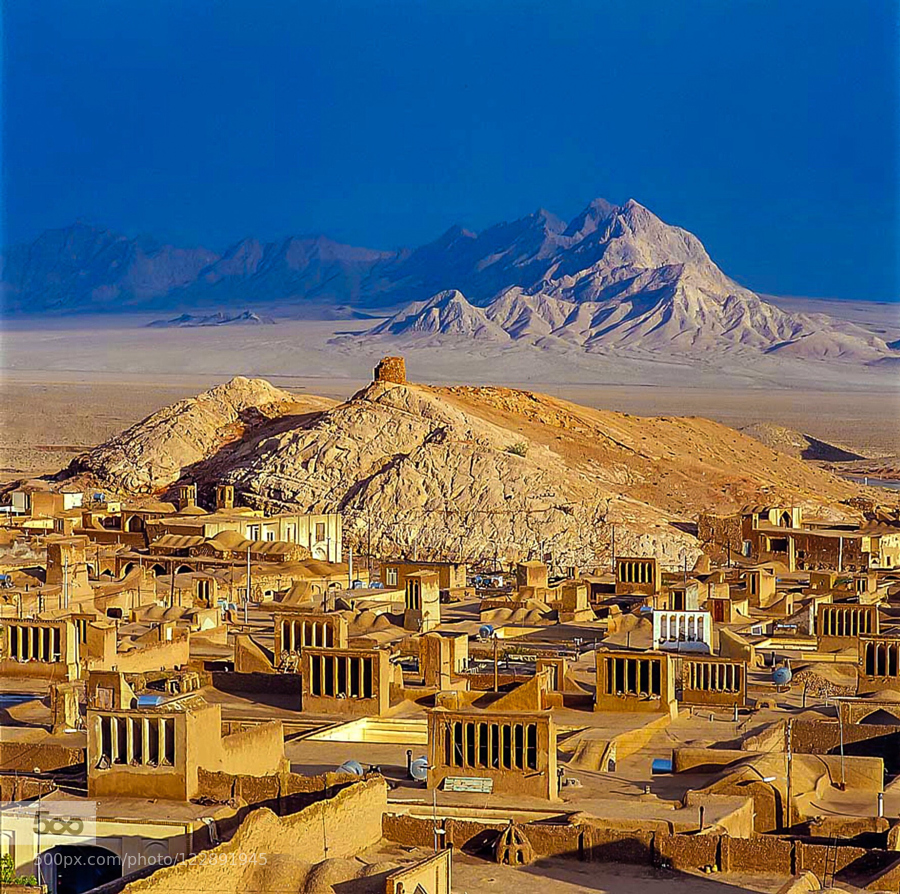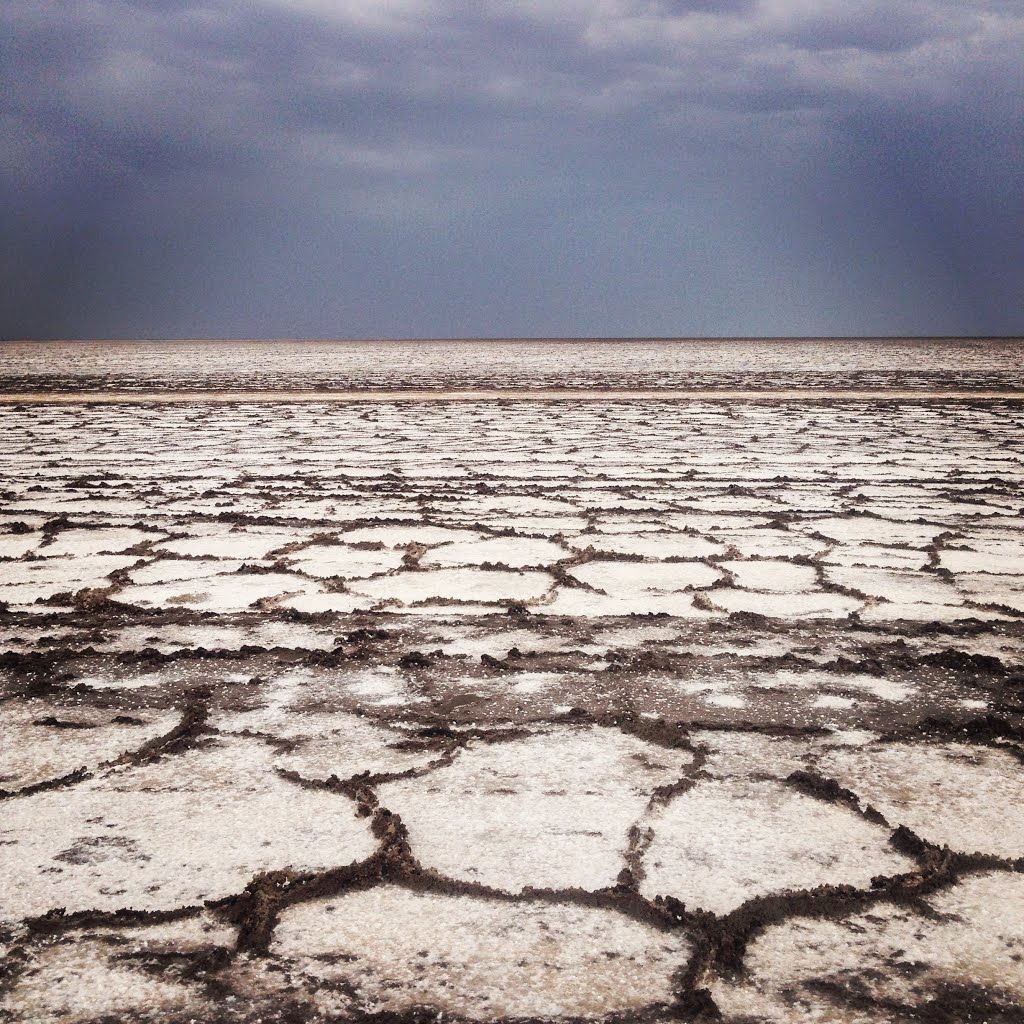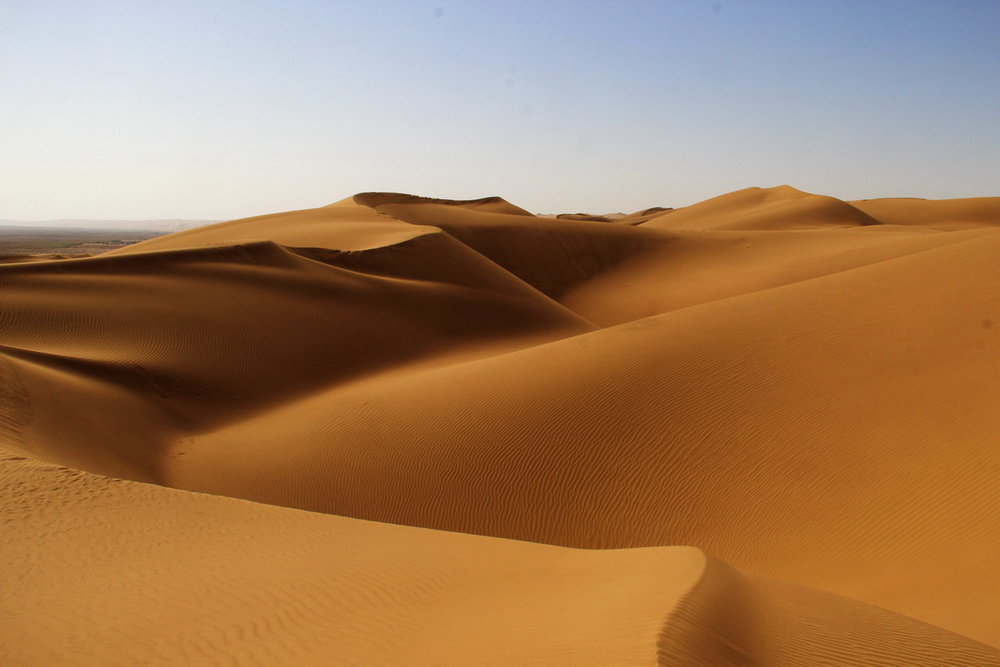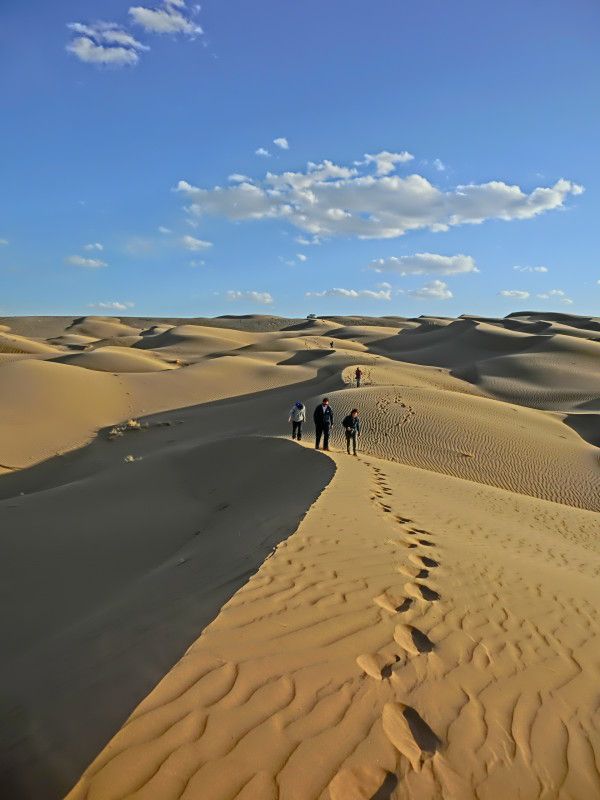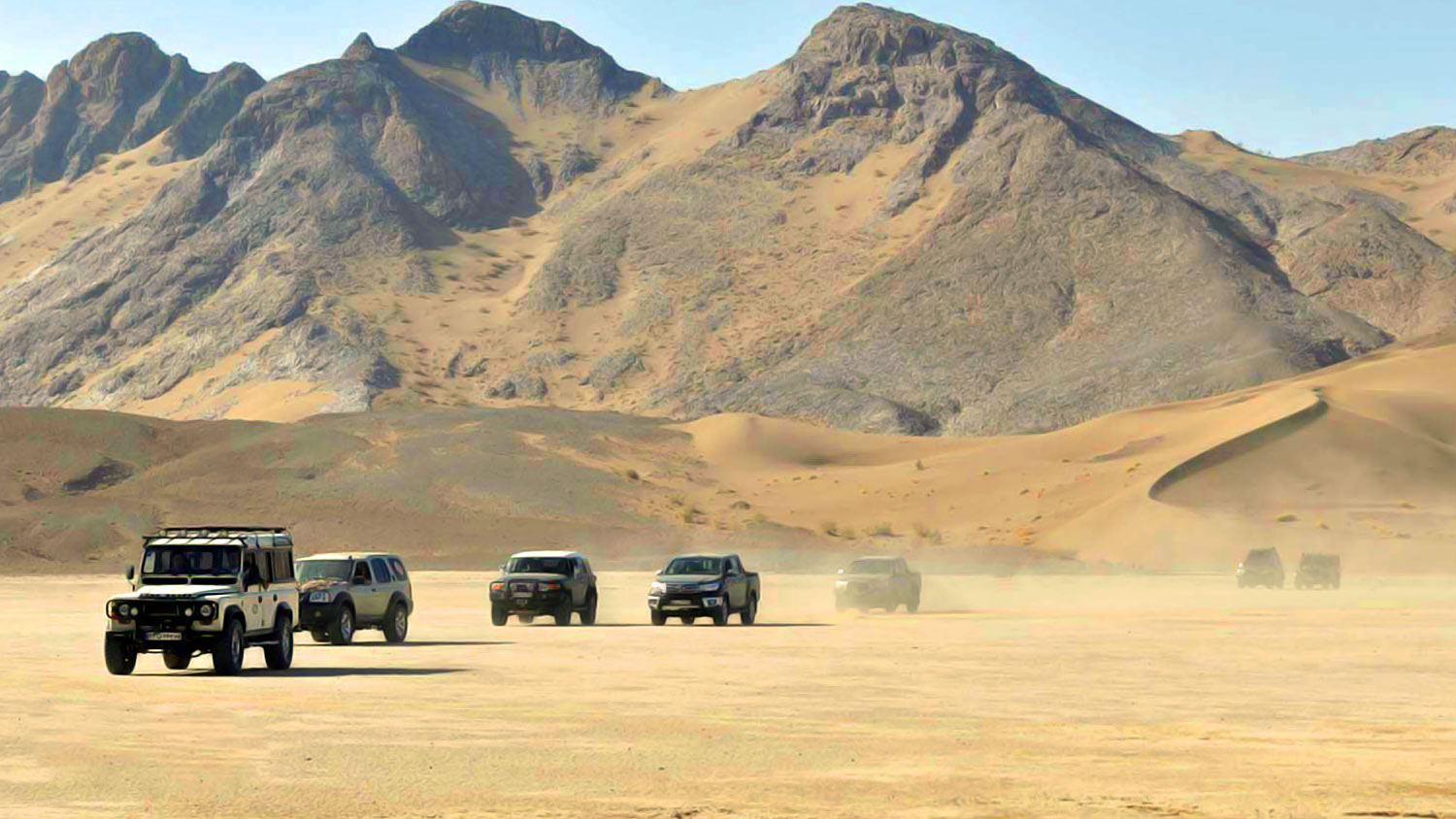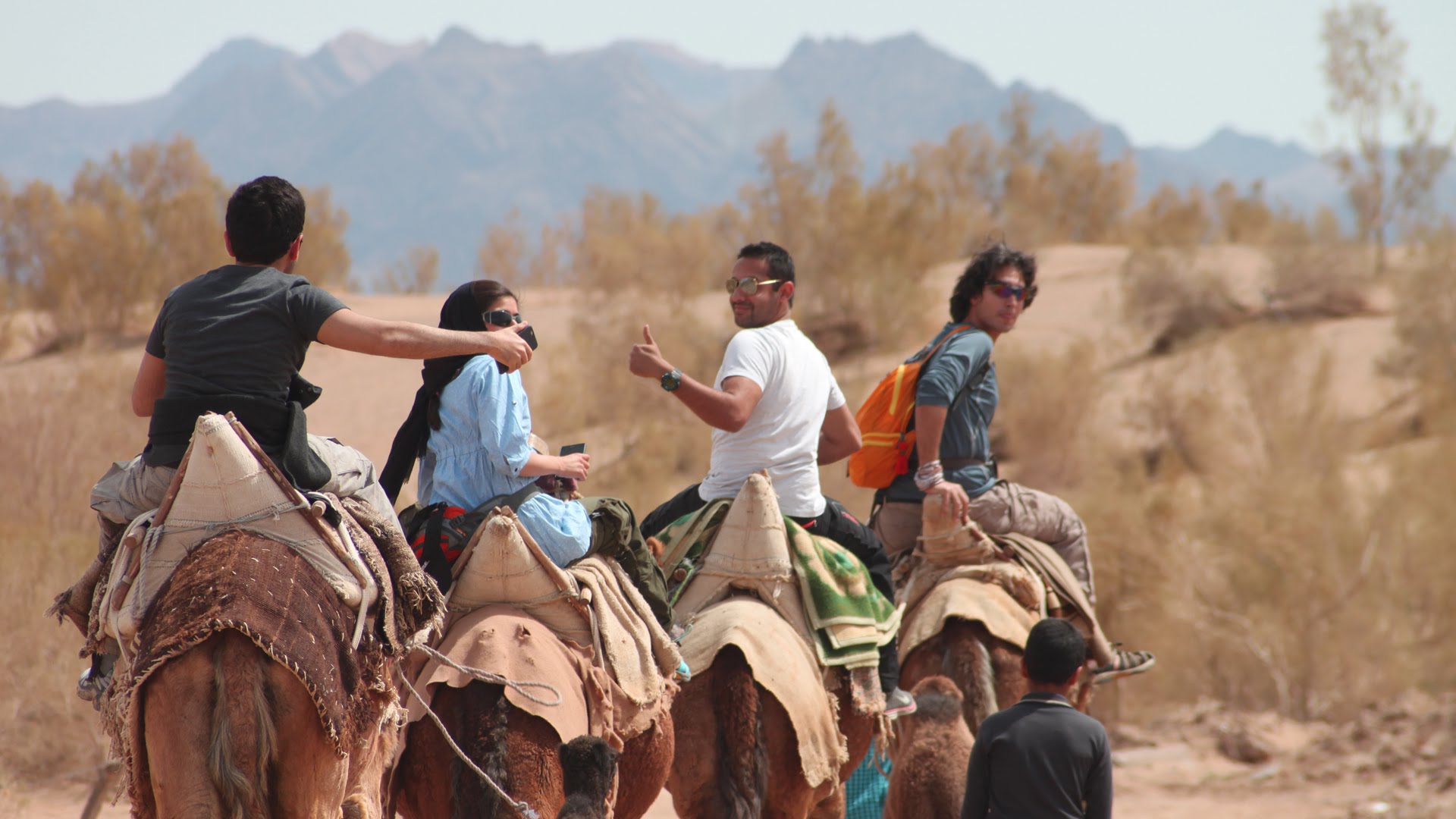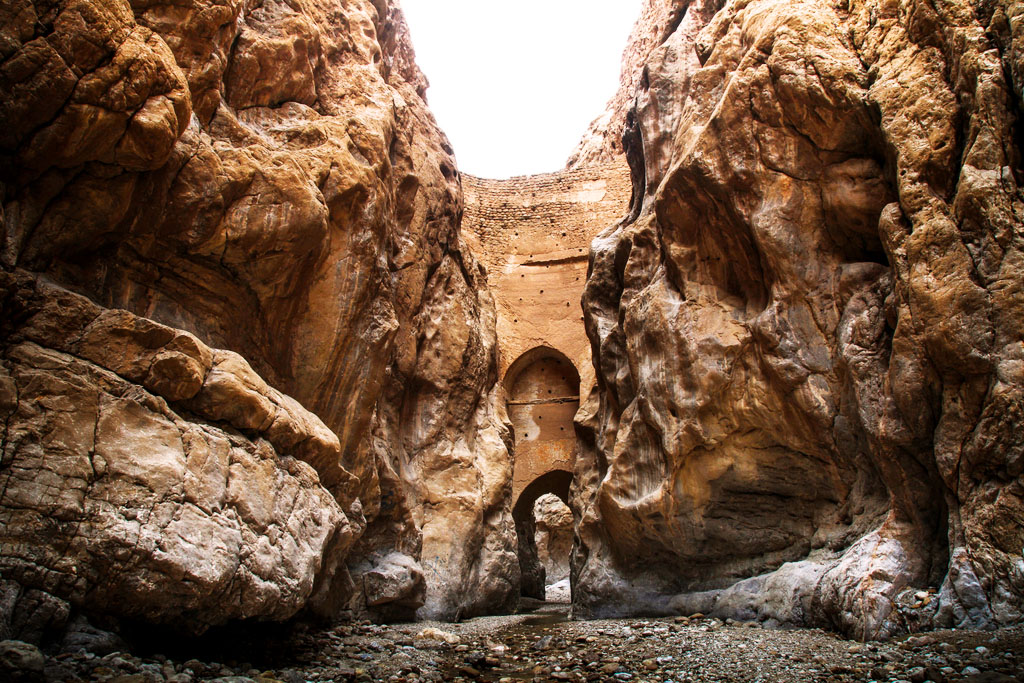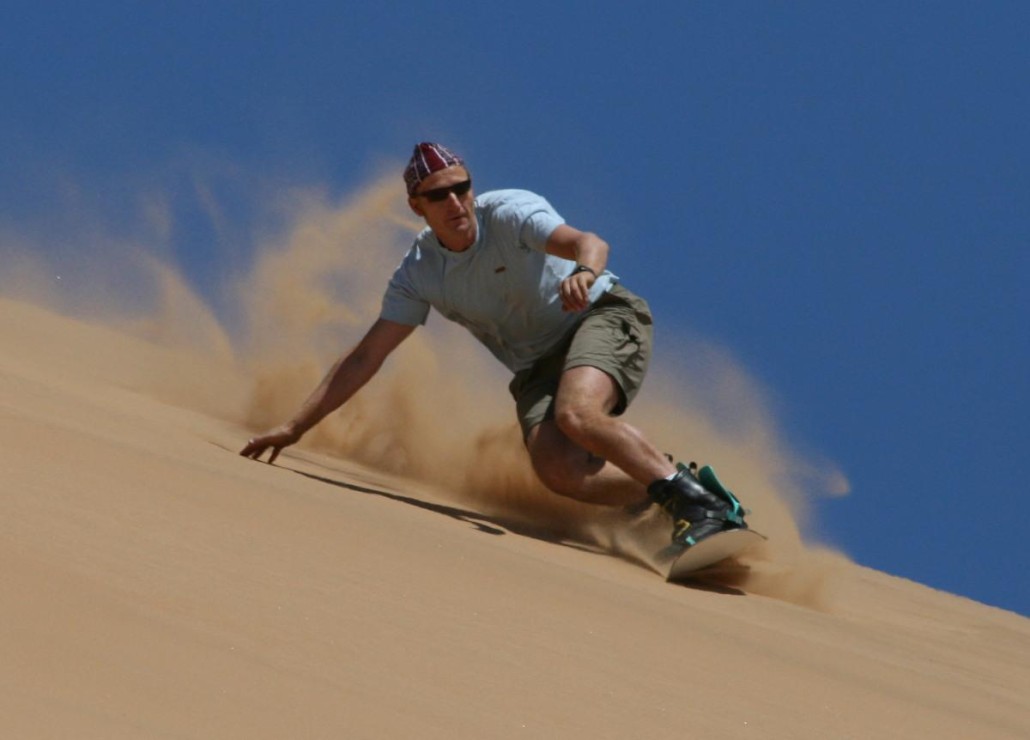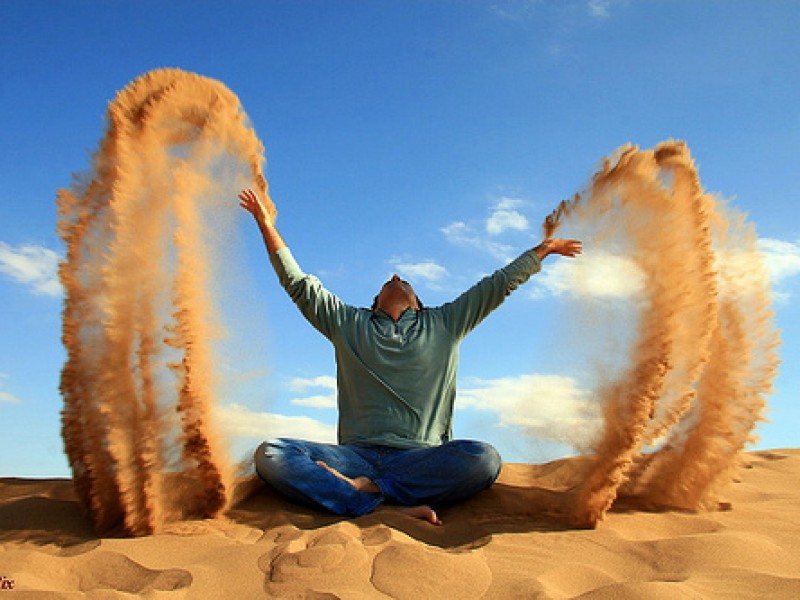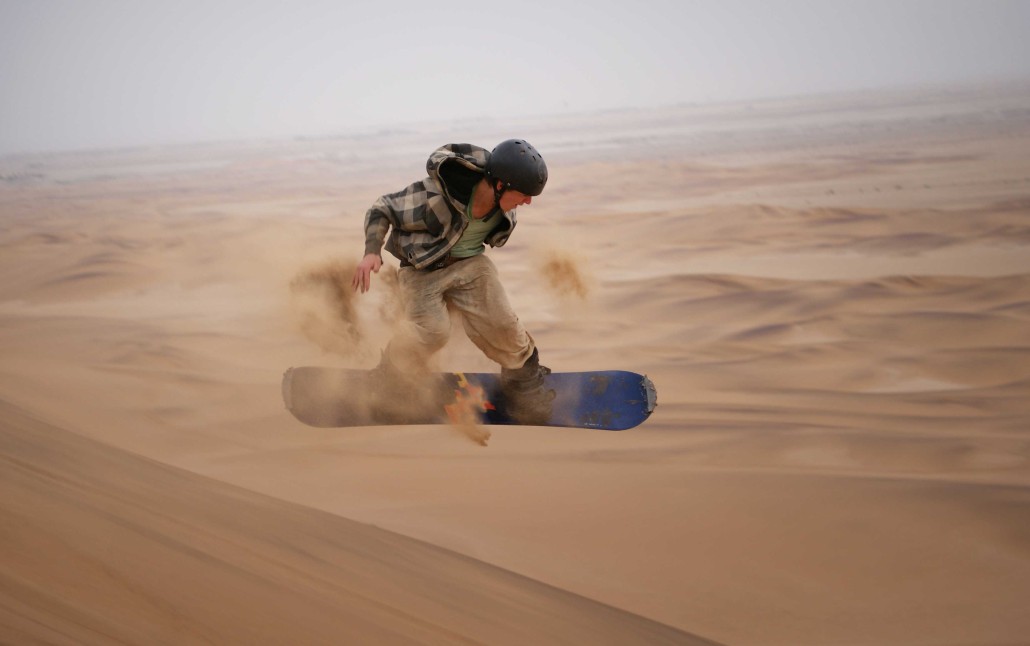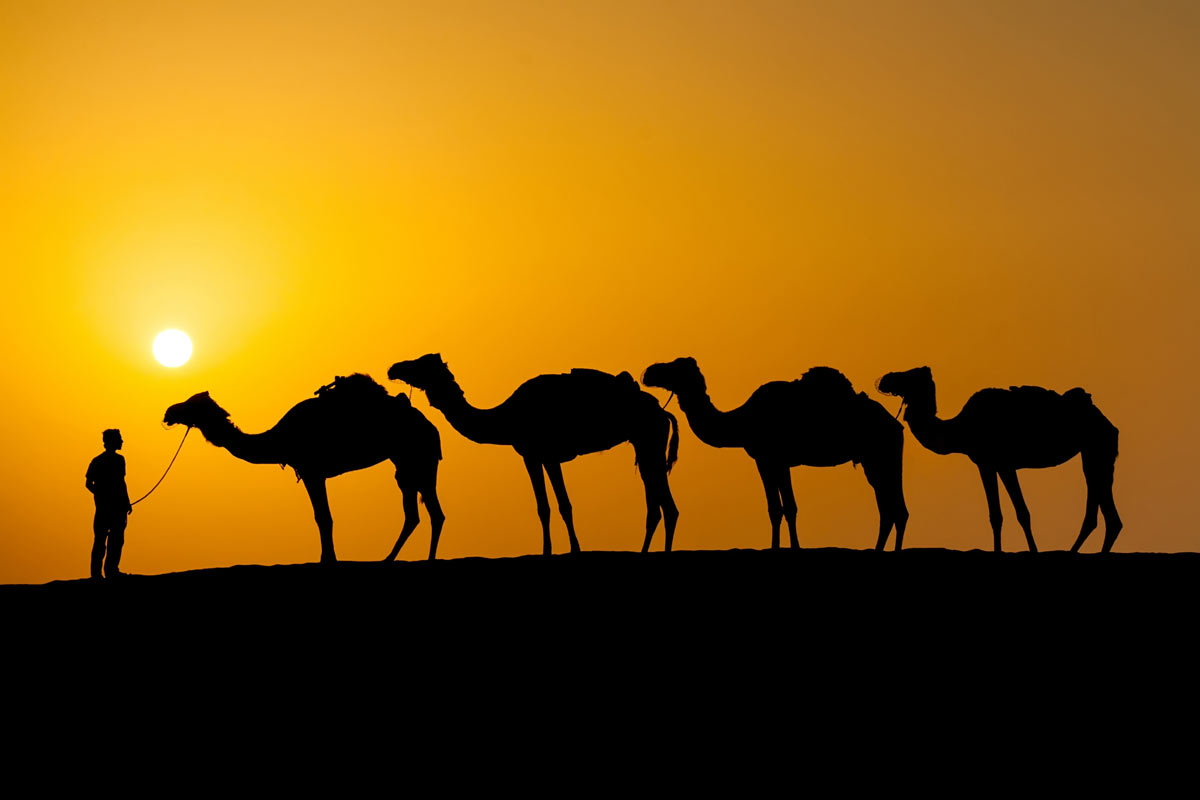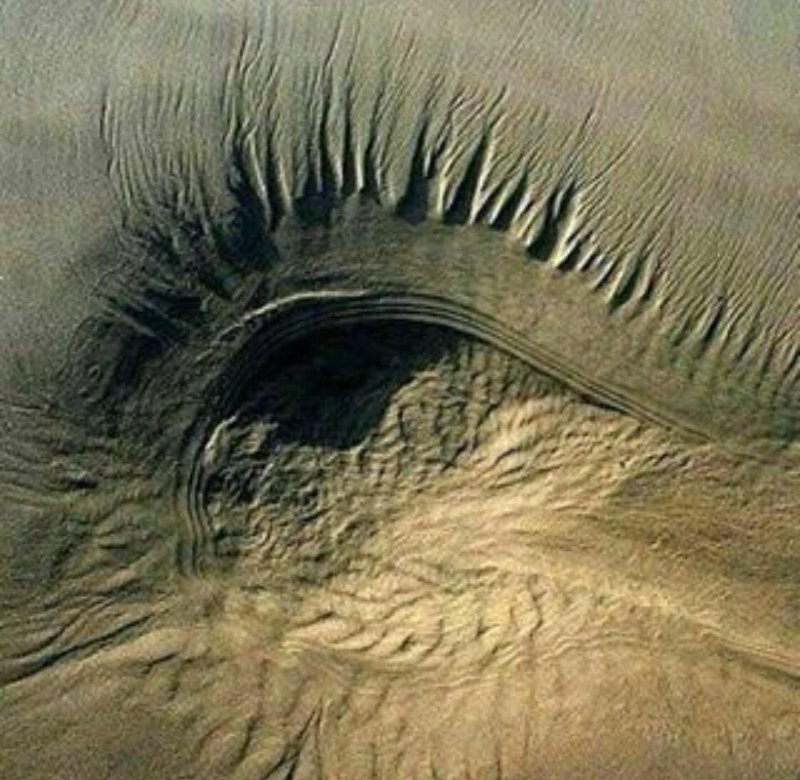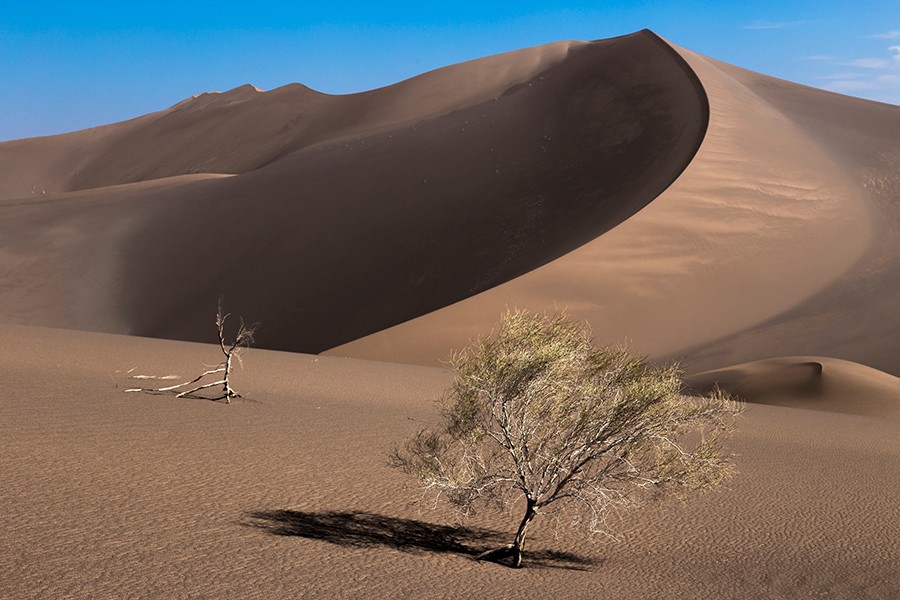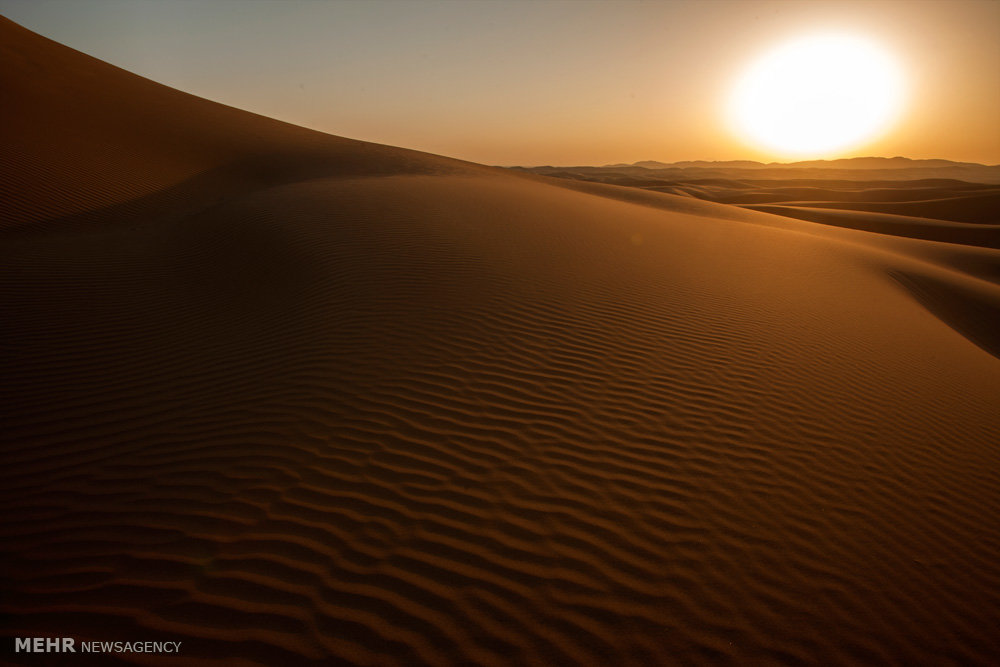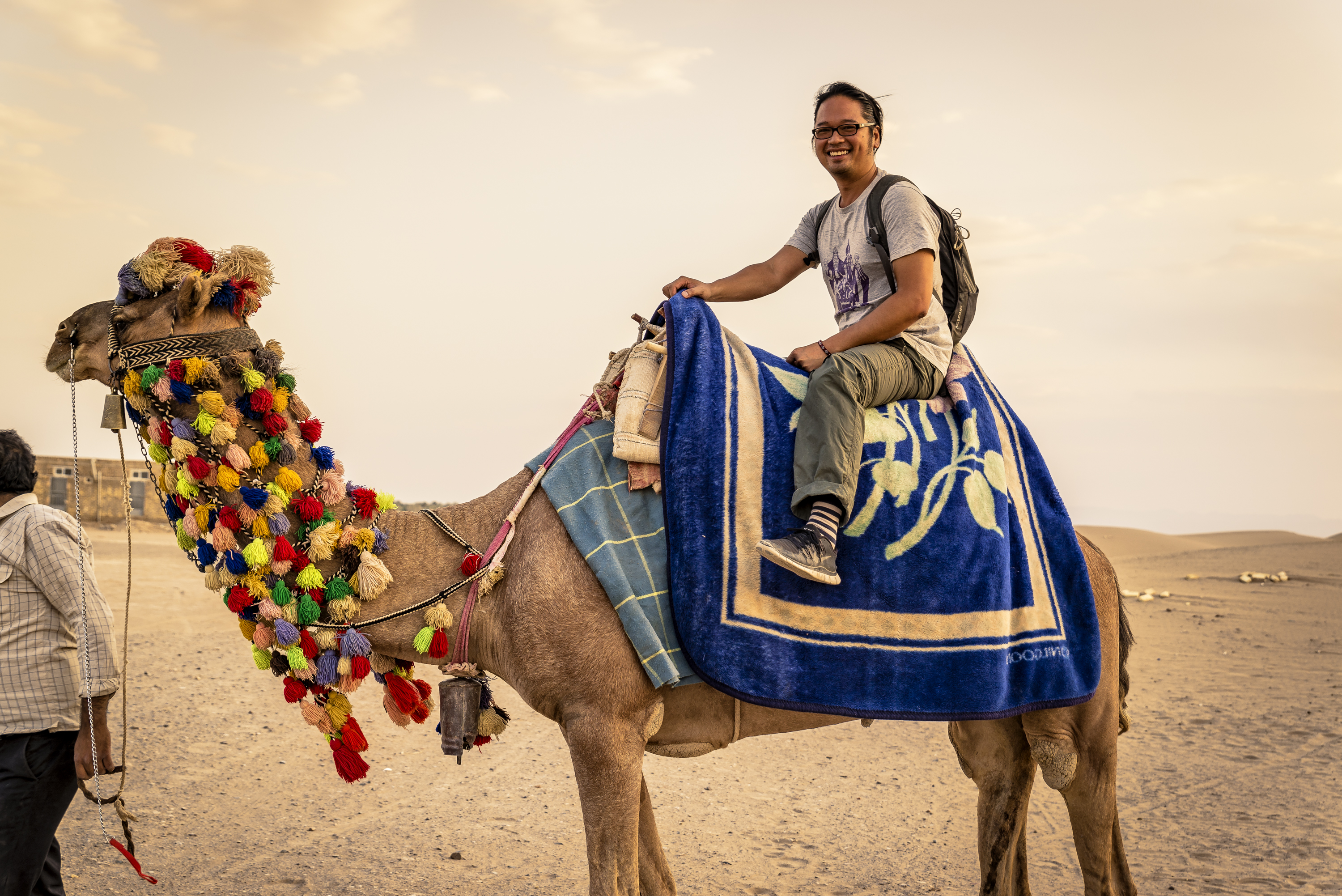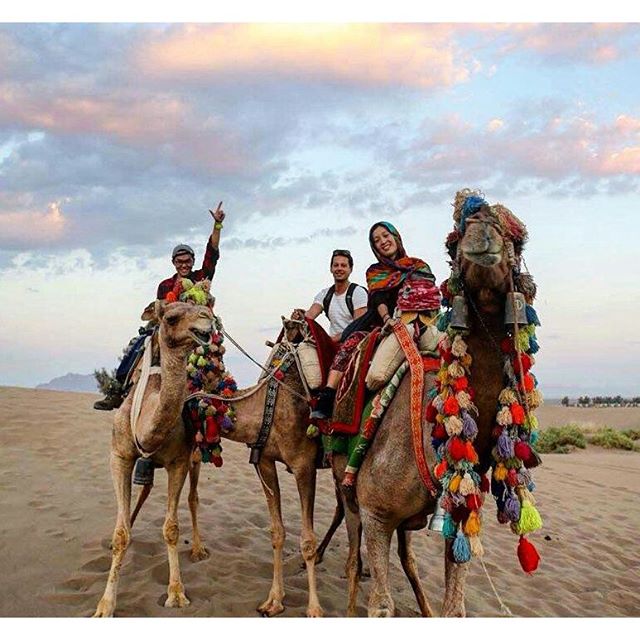Iran Central Desert Tour
Iran Central Desert Tour
Contact Us
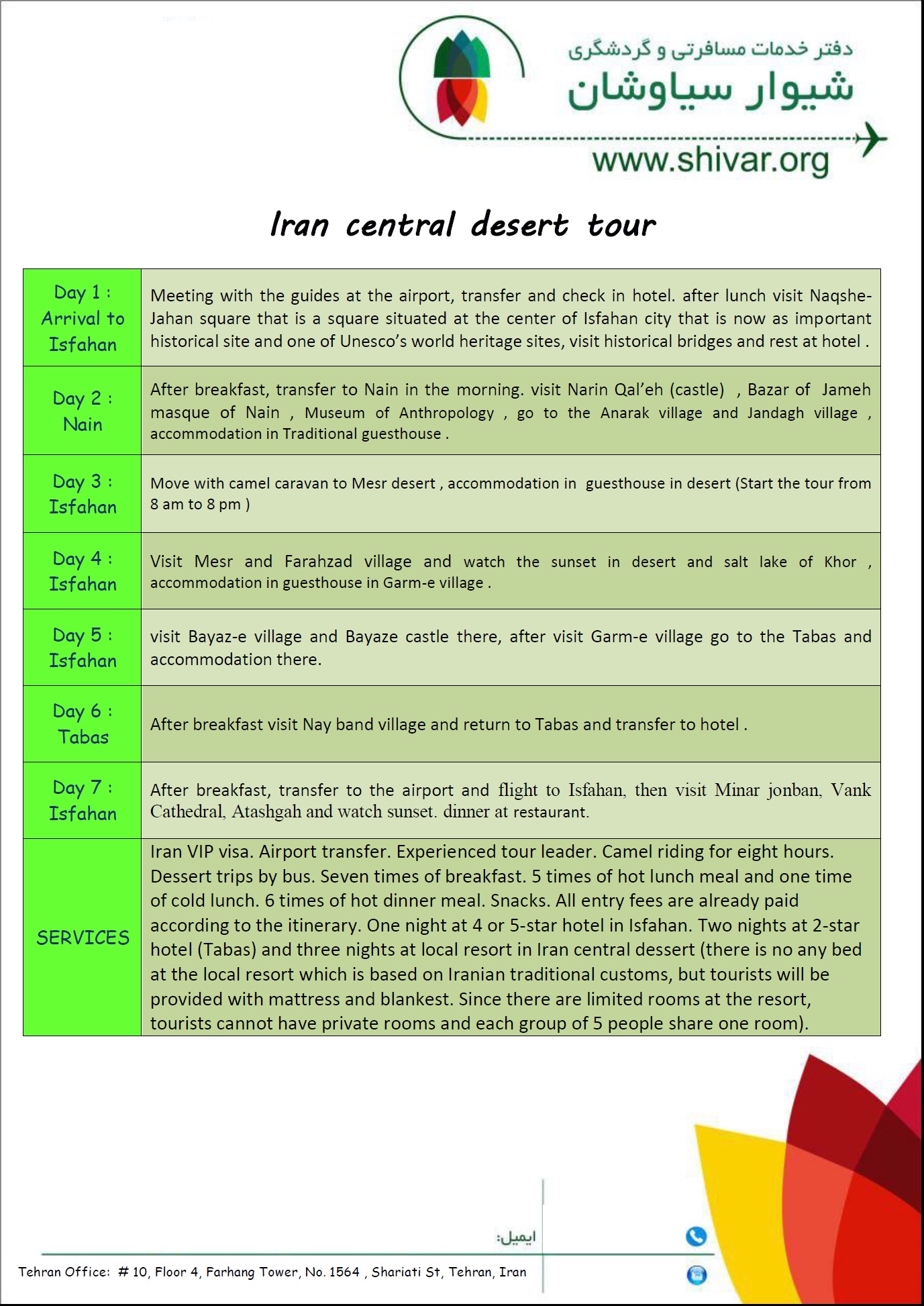
Base of Hassan al-Sabah Followers in Central Desert
‘Bayazeh’ is an ancient village located 130 kilometers from Farahzad village . There is a castle in Bayazeh called ‘Orange Castle’, which dates back to the Sassanid era (224-651) but it is not clear when exactly it was constructed.
Entering the five-storey castle, you will see many small connected rooms and covered passages. A moat was dug around the castle, traces of which can still be seen there. Part of the castle has been restored and is open to the visitors. For centuries, the ancient castle had defensive and residential functions and at the time of the Ismailis, it was a base for the followers of Hassan al-Sabbah (1050-1124), a missionary who converted a lot of Iranians to Islam.
Bayazeh Village and its castle are mentioned in the books ‘The Best Divisions for Knowledge of the Regions’ by Muhammad ibn Ahmad Muqaddasi, ‘The Face of the Earth’ by Muhammad Abul-Qasim ibn Hawqal, Naser Khosrow’s ‘Book of Travels’ and a document attributed to Abu Muhammad Ibrahim (an Imam’s descendant who is buried in the same village).
There is a mosque next to the castle wall which was repaired in the eighth century by master Dehnavi. The ruins of ‘Seven Brothers’ and the tomb shrine of Ibrahim, attributed to one of the sons of Imam Musa al-Kazim (AS), 7th Shia Imam, are other interesting places to visit in the area
Visit the ‘Bride Throne’ in Mesr Desert
Takht-e-Aroos’ (Bride Throne) for its unparalleled splendor. It is 12 kilometers from Farhzad village, Farahzad and on the way to reach the Bride, guests can see another striking site, ‘Takht-e-Abbasi’ (Abbasi Throne).
But why ‘throne’? The sand dunes around Farahzad Village are known as thrones since the strong winds have flattened the surface forming peculiar and attractive shapes.
There is no written document as to the origin of the names given to these two places since they have just been called so for years by generations.
In the Safavid era (1501-1736), the region was located on the road to the north-western city of Mashhad. It is said that once, Shah Abbas the Great, the 5thruler of the Safavid dynasty, was taking a rest with his servants in the very same area which is known as ‘Abbasi Throne’ today. From there they overlooked the whole plain and hunted gazelles.
One of the commanders of Shah Abbas, called Agha Beyg, who was resting on a flat side of today’s ‘Bride Throne’, was impressed by the beauty of the place and dubbed it as “bride”.
‘Bride Throne’ is formed by piles of aeolian sand and seemingly the tiniest grains of sand are found there.
It is worth mentioning that unfortunately, due to the excessive poaching in the late 1970s, their species went extinct in the area. However, there are still witnesses who confirm existence of gazelles in the region.
Keep in mind that reaching the brides is only possible with an SUV. We always offer our guests to watch the desert sunset or sunrise from over the ‘Bride Throne’.
Cold Springs in Desert
Most visitors do not believe they can see a cold spring and green trees in the heart of the desert.
We suggest that you experience such a perspective in ‘Garmeh’, a village 85 kilometers from Farahzad village, which attracts many tourists.
It takes you between 1.5 to 2 hours to go from Farahzad Village to Garmeh. After exiting the Mesr Village side road and turning onto the main road, head to the Khur City and from there straight to Garmeh Village.
Tourist attractions in Garmeh include beautiful palm fields and a spring from which the groundwater flows in narrow streams and is used for agriculture. There are little black fish found in the cold spring which gather around people’s feet when they step into the water.
Moreover, you can by ethnic handicrafts, baskets and mats in different shapes made from palm leaves.
There are also ruins of a fortress left from the period the Sassanid Empire (224-651). As the fortress has not been maintained and renovated for years, the site is closed to visitors.
It might interest you to know that the village lies at 750 meters above sea level and has warm and dry climate due to being situated in the vicinity of the desert. Most domestic and foreign ecotourists know about Garmeh because of Maziar Al-e-Dawood who founded the first eco-tourism guesthouse in the village titled ‘Ateshooni’.

